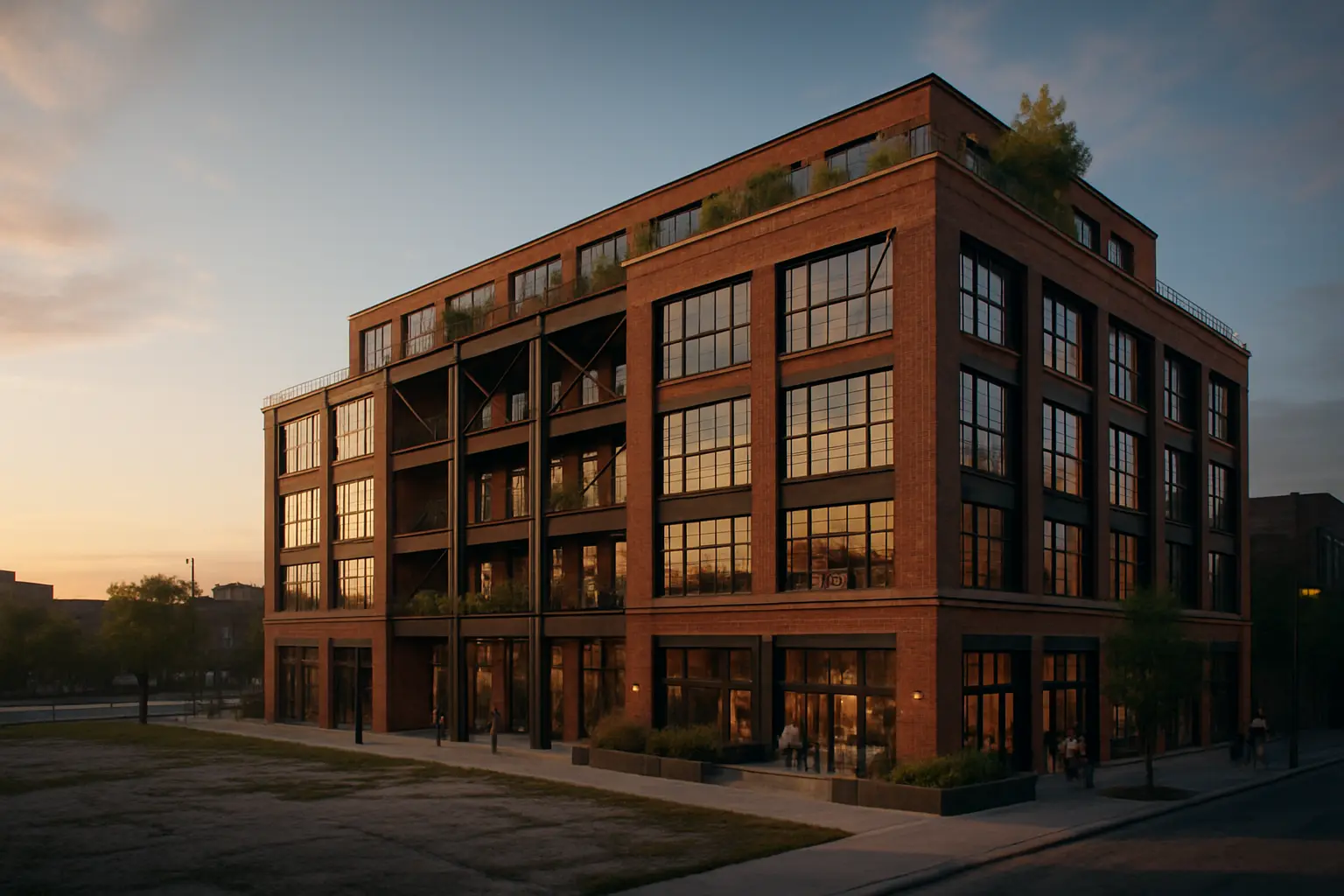From Empty Lots to Urban Oases: Chicago's Commercial-to-Residential Conversion Boom
Discover how savvy investors are transforming vacant commercial spaces into thriving residential communities in the Windy City

The Evolving Landscape of Chicago's Real Estate Market
Chicago's real estate landscape is undergoing a remarkable transformation as developers and investors pivot towards an innovative solution to the city's housing demands: converting vacant commercial properties into residential spaces. This adaptive reuse trend is reshaping neighborhoods and creating sustainable urban communities across the Windy City.
With the shift in work patterns and retail habits, many commercial properties have become underutilized, presenting a unique opportunity for visionary developers. These conversions are not just about changing spaces—they're about reimagining urban living while preserving Chicago's architectural heritage.
The Untapped Potential: Identifying Prime Properties
Successful commercial-to-residential conversions require careful property selection. The most promising candidates share several key characteristics:
- Strategic Location: Properties near public transit, amenities, and emerging neighborhoods
- Structural Integrity: Buildings with sound foundations and adaptable floor plans
- Historical Value: Properties with architectural significance that can command premium prices
- Zoning Flexibility: Areas with favorable conversion regulations
Neighborhood Hotspots
Several Chicago neighborhoods have emerged as conversion hotspots:
- West Loop: Former warehouses transformed into luxury lofts
- South Loop: Office buildings reimagined as mixed-use developments
- Fulton Market: Industrial spaces converted to trendy residential units
Success Stories and Market Analysis
"These conversions are yielding returns of 20-30% higher than traditional developments while addressing urban housing needs," notes a prominent Chicago real estate analyst.
Case Study: The Maxwell Building
The Maxwell Building conversion exemplifies successful transformation. This former printing facility now houses 120 residential units, ground-floor retail, and a rooftop community space. The project maintained the building's industrial character while incorporating modern amenities, achieving 100% occupancy within three months of completion.
Market Performance
Key metrics demonstrate the success of conversion projects:
- Average occupancy rates exceeding 95%
- Property value appreciation of 15-25% post-conversion
- Strong rental demand with premium rates
- Reduced construction timeline compared to new builds
Seizing Opportunities in the Transformation Wave
For investors considering commercial-to-residential conversions, timing is crucial. The current market presents optimal conditions:
- Available financing options with competitive rates
- Strong demand for urban housing
- Supportive municipal policies
- Growing preference for sustainable development
The future of Chicago's real estate market lies in these innovative conversions. They offer a sustainable solution to urban housing needs while preserving the city's architectural heritage and creating vibrant, mixed-use communities that will thrive for generations to come.
"The most successful projects don't just convert spaces—they transform communities," emphasizes a leading Chicago developer.


